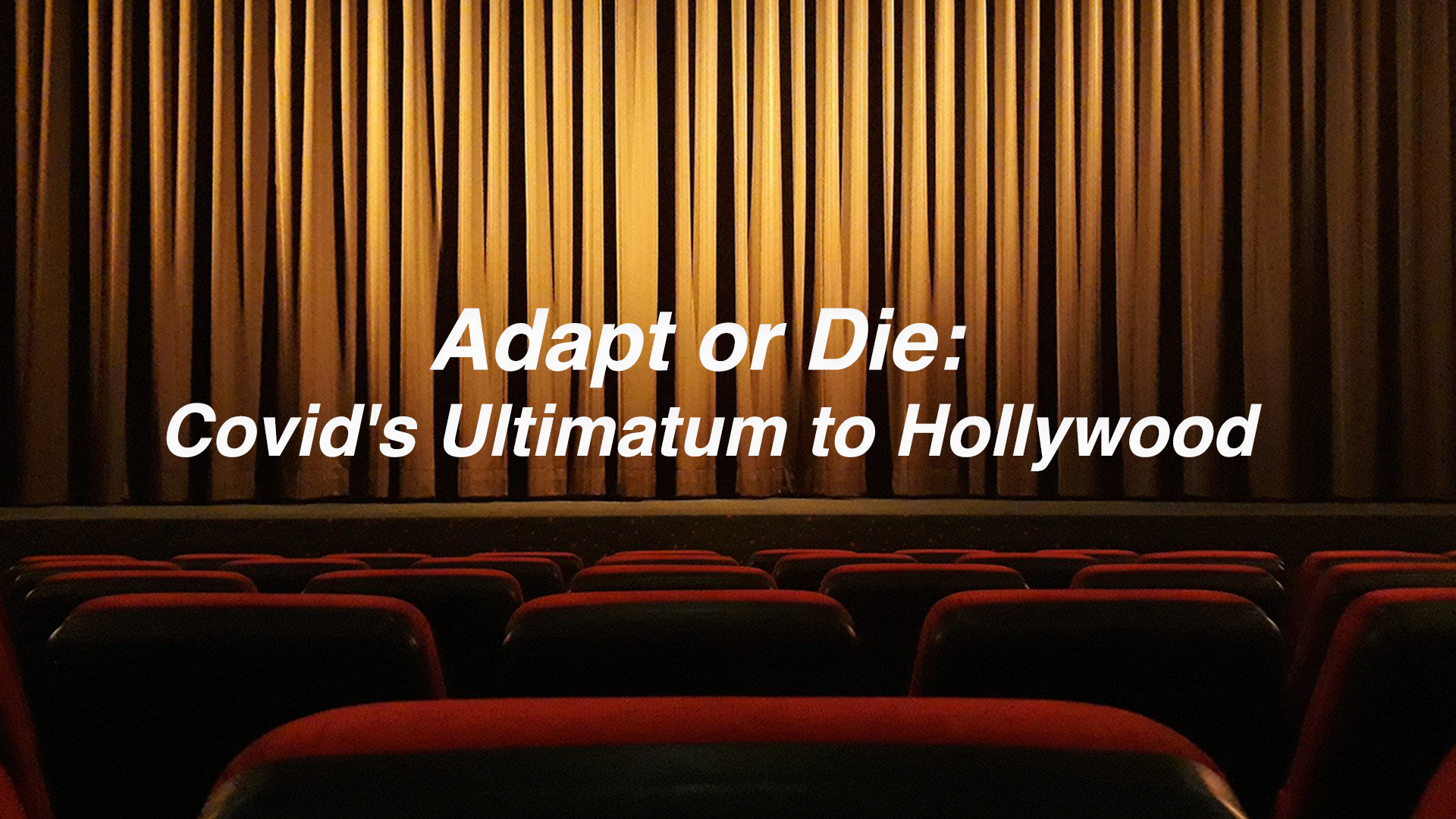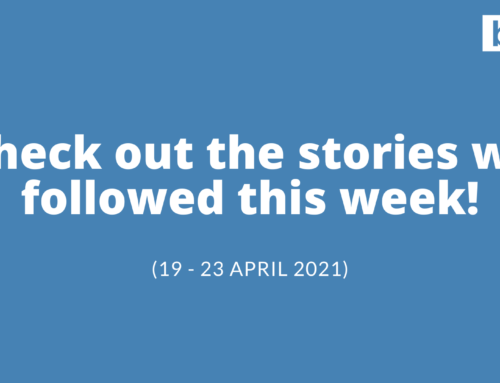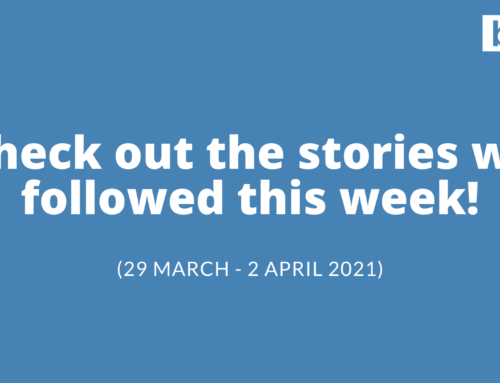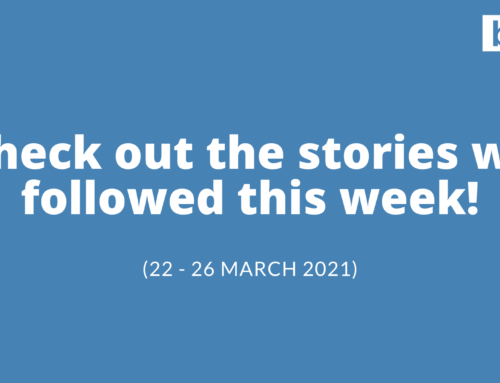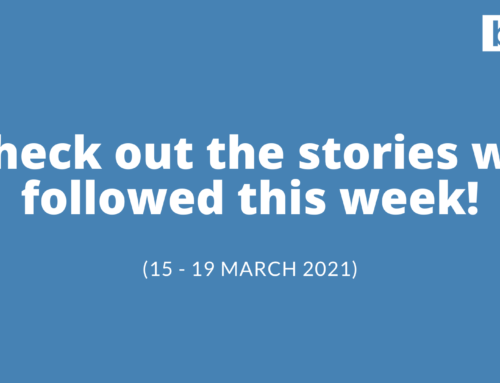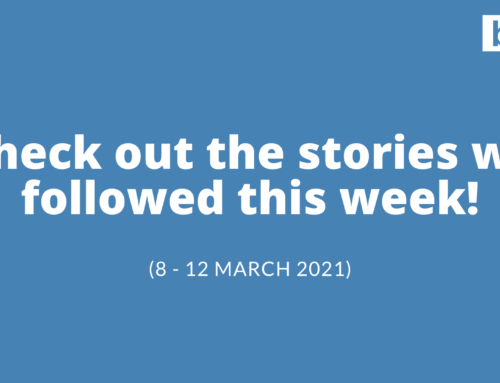As Singapore begins to reopen cinemas from today, not only movie-goers, but cinema operators and filmmakers will all be breathing a tentative, initial sigh of relief. But frankly, they shouldn’t get too comfortable.
Following months of unprecedented losses due to Covid-19, the global movie industry is just starting to take thousands of localised steps towards reopening across cities and countries around the world. But as with so many other industries impacted by Covid-19, there’s no one-size-fits-all solution, and merely starting to sell movie tickets again is only the tip of a very big iceberg.
How much has Covid-19 cost the movie industry?
As just a small microcosm, Singapore’s film industry alone was worth an estimated SGD$1.56 billion in 2018, including cinema receipts, licensing, and other related revenue. This translates to a not insignificant sum of SGD$276 per person across Singapore’s population. Globally, it’s estimated the industry had already lost around US$7 billion due to Covid-19 in Q1 2020, with a further estimated Q2 losses of US$10 billion from April. But those estimates fall far short of reflecting the real cost Covid-19 has exacted on the industry.Firstly, while it’s easy to estimate losses in the world’s biggest movie market – the US – it’s far more difficult to do so in the world’s second-biggest, and far more opaque movie market, China.
But that’s only part of the story.
Will Covid-19 Kill Local Film Industries?
The numbers become even more uncertain in hugely important, albeit financially smaller local/regional movie industries, like India’s Bollywood, Mollywood, and Tollywood. Or Nigeria’s Nollywood industry, which was producing an astounding 50+ new movies per week and generating US$590 million per year in 2018.
That number may seem modest by Hollywood standards; for instance, Marvel’s Black Panther only took a month to earn that much in North America alone. However, there’s no obvious way to plug a US$590 million dollar hole in a local movie industry’s balance sheet – in the case of Nollywood (Nigeria’s second-biggest employer after agriculture), it directly threatens the jobs of more than 1 million Nigerians.
Covid-19’s Double-Whammy: Part 1 – The Price of Delays
On the flip side, studios are also suffering from extended delays – first by losing the marketing dollars they’d already committed to pending projects which have been delayed due to Covid-19.
While the specific financials vary by project and studio, any high-profile picture’s delay incurs mounting losses. Notable examples include Christopher Nolan’s pending release of Tenet, which has already been delayed twice, and Disney’s US$200 million live-action adaptation of Mulan, which has already been delayed 3 times. Analysts estimate the cost of those successive delays alone could already be up to US$5 million.
That’s not a large amount for a well-funded project by a big studio, aka the Majors (eg. Columbia, Paramount, Universal, Walt Disney, Warner Bros, MGM, Lionsgate, etc.), who together account for around ≥85% of revenue in the industry. But it’s a very different story for independent filmmakers or smaller companies with tighter P&Ls.
Covid-19’s Double-Whammy: Part 2 – The Long-Term Impact
Covid-19 has created big holes in the balance sheet for all studios, and it will impact their appetite for riskier projects. This is important because in the movie business, the size of a movie’s budget – how big of a punt studios take on a new idea – largely pre-determines its success in a chicken-and-egg sort of way.
The often-cited metric for box office success is that almost no movie with a production budget below US$10 million succeeds – of course, there are a few notable, rare exceptions, like Get Out or Clerks.
Like it or not, time equals money, and movies always take time.
Movies operate like a startup. They start with a business plan (ie. script). They have to source investment (ie. pitching to studios). They have to recruit talent (ie. actors, directors, etc.) They have to produce their product on tight schedules (eg. Summer Blockbuster vs. feel-good Christmas films). They are competing for finite shelf-space to stock their project, since there’s only so many cinemas in a given city or country. In fact, they have to do everything a company does from start-up, to listing (when they eventually premier and the market decides what they’re really worth). Generally, the business model’s worked for decades.
To illustrate the point, roughly 80% of all movies (like startups) lose money, yet major studios aren’t going out of business. In essence, the movie industry operates like a venture capital. It makes bets on a wide range of projects on the assumption most will fail, while the few that succeed make up the losses. This in turn attracts more money to a select few projects, especially ones with proven track records – this goes a long way towards explaining why there are 9 instalments of the Fast & Furious, or that the Expendibles keeps getting made despite the series’ domestic takings in the US (a bell-weather for any action movie’s success) having fallen by over 60%, which the producer and star, Sly Stalone, described as “a horrible miscalculation on everyone’s part.”
And then there’s Netflix…
From Hollywood’s perspective, Netflix has grown from a novelty, to a competitor, and now a potential usurper in a worryingly short period of time. In reality, Netflix is simply moving at the same speed as its fellow FAANGs are innovating. In Hollywood, it’s the equivalent of going for a jog with Usain Bolt. Until now, Hollywood never needed to be very reactive as its business model worked: produce enough to keep theatres relatively filled, and movie-goers regularly spending.
Hence, Hollywood has fought Netflix’s invasion of its traditional territory tooth-and-nail, from the beaches of Cannes, right up to the front doors of the Dolby Theatre (home of the Oscars).
And now, Covid-19 has worked to Netflix’s advantage in its war with Hollywood, exacerbating what now looks like Hollywood’s fundamentally outdated business model.
What’s next? On one hand, this could lead to even greater consolidation in the industry, as players like Disney+ lead the way moving in parallel to Netflix with a subscription service.
Is Netflix a Saviour In Disguise?
Conversely, Netflix may become a saviour for smaller, independent filmmakers or even industries, who already struggled to secure funding to start projects and theatres to screen them, prior to Covid-19. With its expected US$17 billion spend on productions in 2020, Netflix looks to be the only player in the market at the moment that still has an appetite for taking big punts on projects.
Hollywood is at war with Netflix and it can’t afford to lose, and Netflix doesn’t necessarily need to win. So even as ticket sales restart, it’s hard to see this as anything other than a pyrrhic victory for Hollywood.

